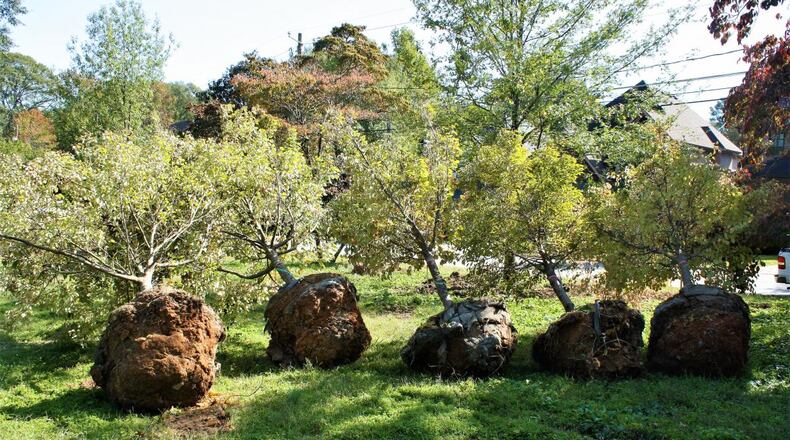After years of planning, drafts and public discussion, Brookhaven updated its city code to regulate how many trees developers are allowed to chop down during projects.
City leaders said they tried to strike a balance between preserving the city’s tree canopy and encouraging new construction. During a June 29 council meeting where the new ordinance unanimously passed, nature activists voiced support for Brookhaven’s stricter regulations, but some developers voiced their displeasure.
“The development community is not willing to accept this ordinance,” Ken Warlick, vice president of construction for Harrison Homes, said during the public comment portion of a June 29 council meeting. “It’s detrimental to the City of Brookhaven and the citizens who want to build a home in Brookhaven ... We’re prepared to fight this head-on”
Brookhaven, a hotbed of development since it became a city in 2012, boasts the highest-valued home market in DeKalb County, according to Zillow. Coupled with growing commercial property tax revenue, City Attorney Chris Balsh said it was “utter nonsense” to claim the city’s tree ordinance would drastically hinder development.
“The sky-is-falling suggestions during public comment overstate the case, frankly,” Balsh said during the meeting. “This is the second major re-write of the tree ordinance since I’ve been city attorney and (each time) you’re been accused of basically burning down development in Brookhaven.”
The city’s previous tree ordinance was adopted in 2015, but the City Council began reevaluating it three years later after receiving several complaints from residents. Last year, city staff began a complete code rewrite.
Both versions of the code give developers two options to determine how many trees they must leave standing on their properties. One option is to use tree circumference to determine how many trees must be preserved on a property based on its acreage, while the other choice simply preserves 45% of existing trees. When applying for a land use permit, developers can choose which metric they’d rather use. The new code slightly increased the tree size for the first calculation, while the second option remained effectively the same.
The more controversial change placed further restrictions on variances to remove certain large trees. A new section of code said a variance will be required to remove a tree which has roots that take up less than 50% of a lot’s buildable area. Drew Clough, vice president of Waterford Homes, said he thought 25% would be more appropriate.
“Doing it as a percentage doesn’t dictate whether it’s the front-middle, buildable part of the lot or the back of the lot, and 50% is a really high threshold,” he said during the meeting.
Councilman John Park, who led the city’s tree rewriting effort, said he’s open to revisiting that portion of the code if it becomes overly burdensome for new construction projects.
“We have to put a stake in the ground somewhere,” Park said during the meeting. “I took to heart the comments that perhaps 50% is too large, but as soon as it’s demonstrated that it is too high, I will make the first motion to lower it.”
Resident Lori Gray, a parks bond citizen oversight committee member who participated in the code-rewriting effort, said she’s not sure if the newest edition offers enough protection for the city’s tree canopy, but she said it’s a good start. Karstin Bodell, a resident active in the Brookhaven Tree Conservancy, agreed.
“We need to get something in place to stem this decline and start being able to build up canopy as we move forward,” Bodell said.
About the Author
The Latest
Featured



